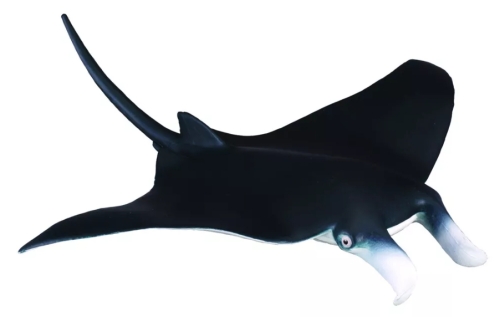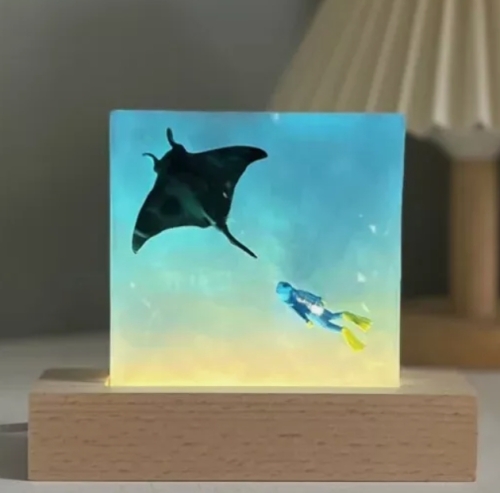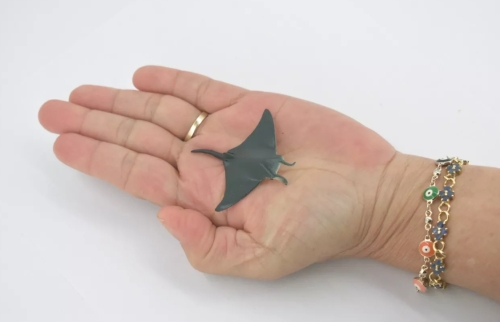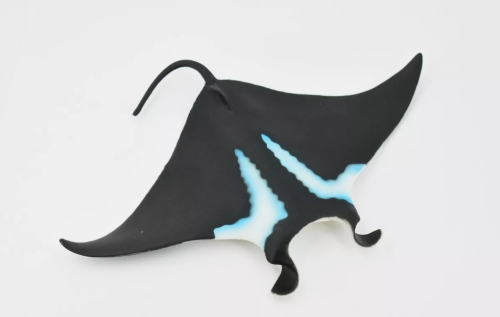Manta Rays Model is a biologically inspired design concept derived from the elegant and efficient manta rays found in nature. This model is not only valued in scientific research, but also shows its unique application value in engineering, robotics, fluid dynamics and other fields.
Manta rays are known for their streamlined shape and flexible movement. By fluctuating their fins, they are able to move through the water at high speeds and with dexterity. The scientists studied the motion mechanism of the manta rays and found that its unique fin structure and fluid dynamics principles allow it to effectively reduce water resistance and improve propulsion efficiency. Therefore, designers are inspired to learn from this successful case in nature and carry out biomimetic design to improve the performance of mechanical or engineering systems.
In the field of robotics, manta rays are widely used in underwater robot design. By simulating the manta rays' swimming patterns, the researchers gave the underwater vehicle greater maneuverability and operational flexibility. This application makes tasks such as underwater exploration, Marine resource survey and Marine environment monitoring more efficient. The underwater vehicle is able to navigate complex waters with ease, thanks to its bionic design of clever propulsion and rudder control systems.
In addition, manta ray model is also an important research object in the study of fluid mechanics. Scientists gain insight into the fundamentals of fluid dynamics by analyzing the effects of its motion on the surrounding water flow. This research not only helps to improve the design efficiency of engineering structures, but also provides an important reference for aircraft design in aerospace and aviation fields.
In terms of sustainable development, the study of manta rays model is also of guiding significance. Drawing on design concepts from nature can effectively reduce energy consumption.
















